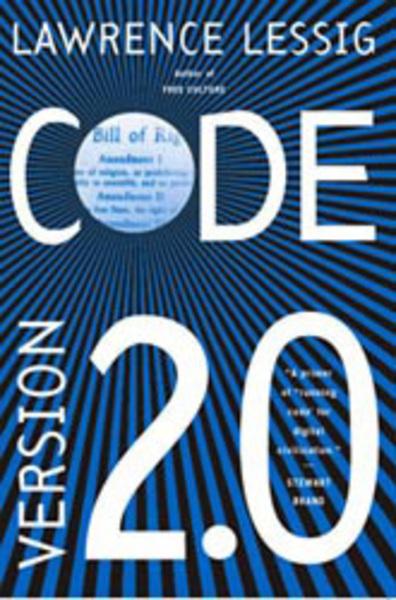
 Scaling Theory
Scaling Theory #15 – Larry Lessig: Code, Law, and Business Models in the Age of AI
21 snips
Feb 3, 2025 Larry Lessig, a Harvard Law professor and author of 'Code 2.0', discusses his influential 'pathetic dot theory' and its four constraints: law, economics, norms, and architecture. He explores how these factors shape the digital economy. The conversation highlights the clash between tech innovation and existing regulations and questions the efficacy of current U.S. policies. Lessig also dives into the role of complexity science in regulation and the challenges of balancing open-source AI development with effective governance.
AI Snips
Chapters
Books
Transcript
Episode notes
Code Dominance
- West Coast code still dominates online behavior in 2025, primarily through engagement-driven social media.
- East Coast regulation struggles to keep up, while China demonstrates more effective control.
Business Models vs. Law
- Business models, particularly in the US, heavily influence and often override legal regulations.
- Europe displays a greater capacity for regulation, though Lessig questions some strategies.
Scalability of Digital Architecture
- Digital architecture scales most effectively due to increasing returns from digitalization.
- Norms and laws have also globalized with digital infrastructure, though to a lesser extent.







